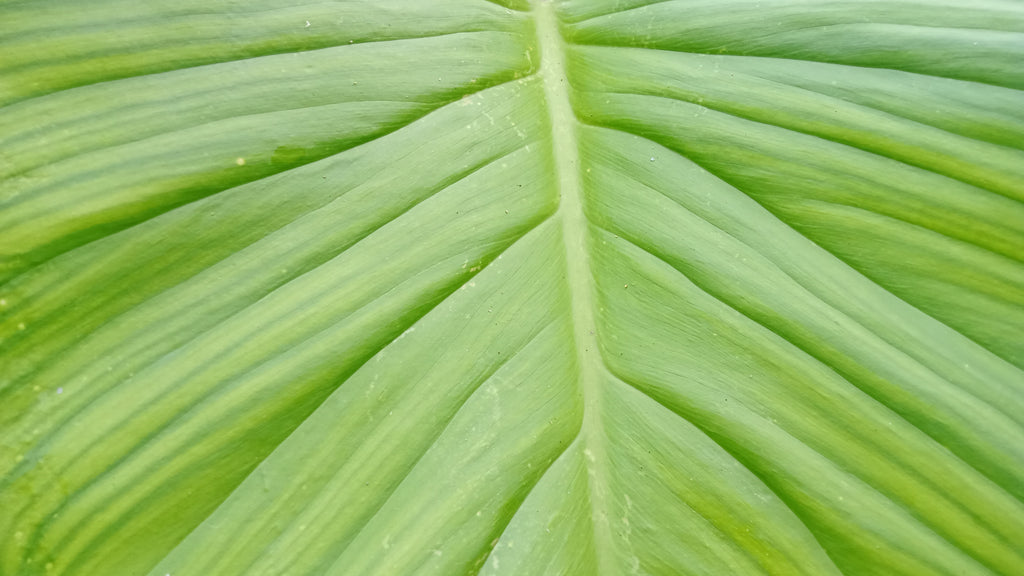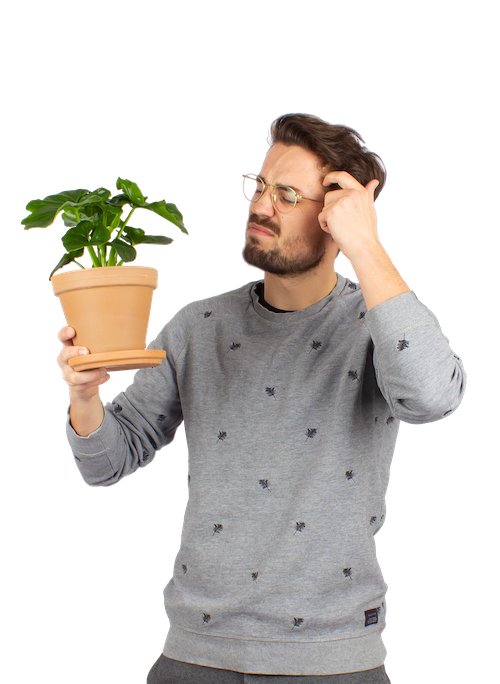Alocasia, with its striking leaves and exotic appearance, is a favorite among indoor plant enthusiasts. Known as the "Elephant Ear" plant, Alocasia adds a touch of the tropics to any home. However, caring for this beauty indoors can be a bit tricky. Don't worry, plant parents—we've got you covered with this ultimate guide on how to care for Alocasia indoors.

Light Requirements
Alocasia plants thrive in bright, indirect light. Direct sunlight can scorch their delicate leaves, so place your Alocasia near a window with filtered light or in a room that gets plenty of natural light throughout the day. If your space lacks sufficient natural light, consider using a grow light to keep your plant happy.
Watering Tips
Watering an Alocasia can be a balancing act. These plants prefer consistently moist soil, but they despise sitting in water. Water your Alocasia when the top inch of soil feels dry to the touch. Ensure that your pot has good drainage to prevent waterlogging, which can lead to root rot. Remember, overwatering is a common mistake with Alocasias, so less is often more.
Humidity Needs
Alocasia plants hail from tropical environments, so they love high humidity. To mimic their natural habitat, keep the humidity levels around 60-80%. You can achieve this by misting the leaves regularly, using a humidifier, or placing a tray of water near or under the plant. Grouping your Alocasia with other humidity-loving plants can also create a more humid microenvironment.
Temperature Preferences
Keep your Alocasia in a warm environment, ideally between 60-80°F (15-27°C). They are sensitive to cold drafts and sudden temperature changes, so avoid placing them near windows, doors, or air conditioning vents. Consistent warmth is key to keeping your Alocasia thriving indoors.

Soil and Fertilization
Use a well-draining potting mix for your Alocasia. A mix designed for aroids or a blend of potting soil, perlite, and peat moss works well. Fertilize your Alocasia every 4-6 weeks during the growing season (spring and summer) with a balanced, water-soluble fertilizer. Cut back on fertilizing during the fall and winter months when the plant's growth slows down.
Pruning and Maintenance
Regularly check your Alocasia for yellowing or damaged leaves and prune them off to keep the plant healthy and looking its best. Cleaning the leaves with a damp cloth can help remove dust and allow the plant to absorb more light. Keep an eye out for pests like spider mites and aphids, and treat any infestations promptly with insecticidal soap or neem oil.
Repotting Your Alocasia
Alocasias prefer to be slightly root-bound, so you don’t need to repot them often. When you do repot (typically every 1-2 years), choose a pot that’s just one size larger than the current one. Spring is the best time to repot, as this is when the plant enters its active growing phase.
Common Issues and Solutions
- Yellow Leaves: Often a sign of overwatering. Check the soil moisture and adjust your watering schedule.
- Drooping Leaves: Could indicate underwatering or low humidity. Ensure the soil is moist and increase humidity around the plant.
- Brown Leaf Edges: Typically caused by low humidity or too much direct sunlight. Increase humidity and move the plant to a spot with indirect light.
With these tips, you'll be well on your way to successfully caring for your Alocasia indoors. Remember, every plant is unique, so pay attention to your Alocasia’s specific needs and adjust your care routine accordingly. Happy growing! 🌿












